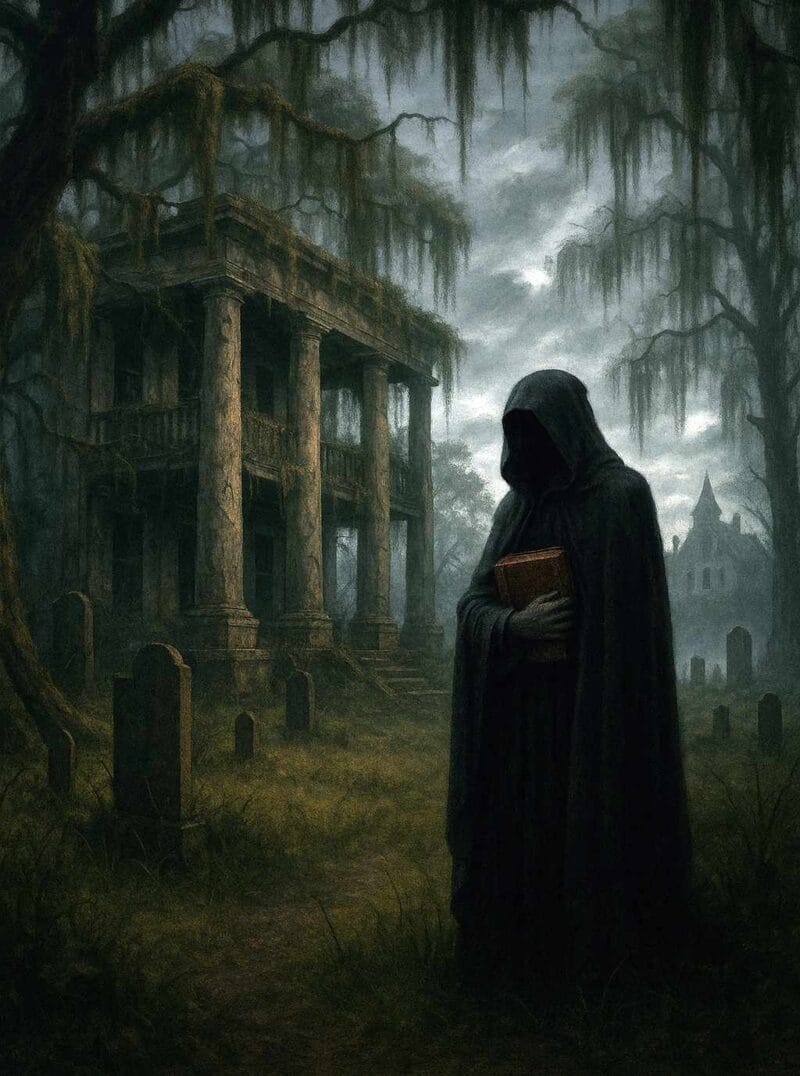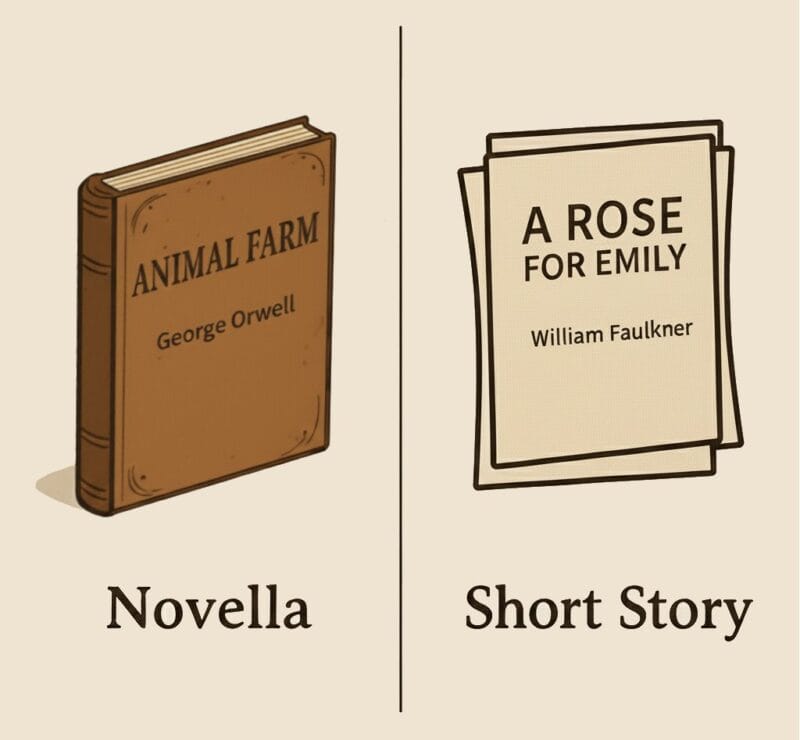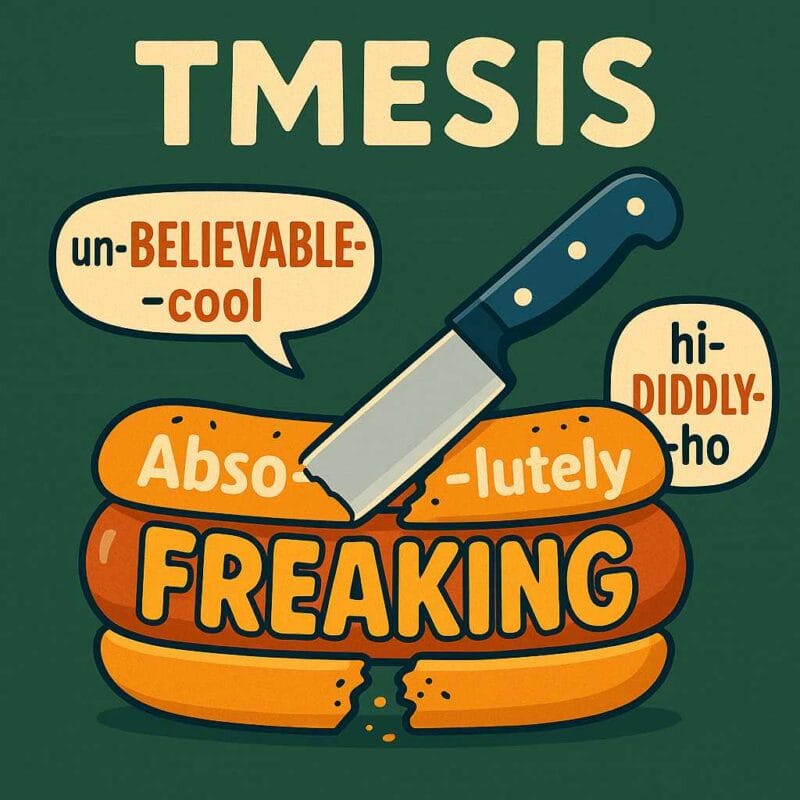When we speak of narrative pacing, we are describing the rhythm with which a story progresses. It dictates how a chapter carries its movement, how tension accumulates or dissipates, and how the reader’s sense of time is controlled. The tempo of a novel is rarely accidental.
Writers use pacing as a deliberate instrument, adjusting it through choices in narrative structure, prose style, scene construction, and transitions between moments of action and reflection. It is often invisible in the act of reading, yet it determines whether a story feels urgent, contemplative, expansive, or compressed. Its effectiveness lies in its capacity to balance momentum with pause, action with stillness, and event with aftermath.
Narrative Pacing and Story Progression
Every novel requires forward motion, but the velocity of that motion can vary widely. Rapid pacing, marked by short sentences, clipped dialogue, and successive action, creates intensity. Slower pacing, achieved through longer descriptions, digressions, or internal monologue, promotes reflection. The alternation between these tempos is what keeps a novel alive.
Techniques for Modulating Pace
- Sentence length and rhythm: Long, flowing prose stretches time, while abrupt segments contract it.
- Scene versus summary: A detailed scene suspends the moment; a summary accelerates events across days or years.
- Dialogue: Exchanges of speech often speed up a passage, while introspection slows it down.
- Transitions: Chapter breaks, white space, or a sudden jump in chronology can radically shift tempo.
Narrative Pacing and Character Development
The way a character is revealed depends heavily on timing. A rushed introduction may leave them flat, while a gradual unveiling over multiple chapters creates dimensionality. The tempo of inner thought also affects character depth. Moments of hesitation, doubt, or prolonged reflection can open interior spaces that would be lost in fast-moving sequences.
A writer might slow the pace to explore a character’s private turmoil before resuming a forward rush of events. This rhythm ensures that development is not separated from action but integrated into the pulse of the story.
Setting, Atmosphere, and Tempo
Pacing influences how setting is absorbed. A leisurely description draws attention to detail and atmosphere, encouraging immersion in the world of the novel. Quick, passing references, by contrast, reduce setting to background while events take precedence. Gothic fiction, for instance, often elongates its descriptions of architecture and landscape to sustain unease, while thrillers strip down such detail to keep the chase unbroken.
By manipulating tempo, the writer decides how the environment functions, whether as stage decoration, symbolic terrain, or emotional amplifier.
Thematic Resonance Through Pacing
Narrative pacing does more than advance events; it reinforces the deeper concerns of a novel. The tempo chosen by the writer often embodies the very themes being explored. A novel about grief, for example, may linger in scenes of silence and pause by echoing the paralysis of loss. A book concerned with technological acceleration may adopt discontinuous pacing that mimics constant interruption.
Pacing as Emotional Mirror
Tempo can echo the emotional climate of a story. A slowed pace, heavy with description, can capture grief, hesitation, or paralysis. By contrast, accelerated movement, built through clipped sentences and abrupt transitions, can mimic urgency, panic, or restlessness. The rhythm itself becomes a reflection of the mood the novel seeks to sustain.
Pacing as Conceptual Pattern
Pacing can also act as a structural analogue for abstract ideas. Inconsistent or erratic tempo can suggest breakdown, instability, or the saturation of modern life with constant breaks in attention. Long pauses and suspended moments may emphasize absence, memory, or the burden of reflection. Through these variations, pacing shifts from a technical device into a thematic expression. It connects tempo with the novel’s central concerns.
Chapter as Architectural Unit
The chapter is a primary unit where pacing crystallizes. Each one can be designed to build, release, or suspend energy. Short chapters, like those in thrillers, often create rapid succession, which generate urgency. Longer chapters afford a slow accumulation of mood, which resembles waves that gather force before breaking.
Writers often arrange chapters with alternating tempos: one filled with immediacy, the next more reflective. This alternation prevents monotony and provides contrast that heightens both action and stillness.
Narrative Structure and Its Relationship to Pacing
Narrative structure determines the framework within which pacing operates. Linear structures may rely on gradual build-up and steady acceleration, while segmented or nonlinear structures often manipulate tempo more radically, compressing and expanding time in unconventional ways.
For those who want to explore how structure functions apart from pacing, a related article on narrative structure offers a more detailed examination. It considers how frameworks determine the architecture of a story, from the arrangement of events to the flow of time, and how these choices establish the ground on which pacing operates.
Pacing Across Genres
Different genres adopt characteristic tempos:
- Thrillers and mysteries prioritize speed and frequent scene changes.
- Literary fiction often embraces slower passages that dwell on reflection.
- Historical novels may balance extended descriptive sections with swift narrative leaps across time.
- Fantasy and science fiction often shift between worldbuilding density and bursts of conflict-driven pacing.
Understanding these conventions helps writers decide when to work within the established patterns of a genre and when to break away from them.
Rhythm as an Element of Craft
Narrative pacing is ultimately about rhythm, the pulse of prose. It is the hidden metronome that dictates whether chapters feel swift or drawn-out, whether readers sense suspension or inevitability. Mastery of pacing requires sensitivity to how time moves in fiction—how it stretches, contracts, halts, or accelerates.
When writers treat pacing as integral to the architecture of a novel, they gain a powerful tool. It is not simply a matter of keeping events moving but of orchestrating tempo so that story, character, setting, and theme align in rhythm.
Further Reading
Building a Novel: Scenes, Chapters, and Pacing by Michelle Barker, The Darling Axe
The Art of Pacing: How to Keep Your Novel’s Momentum Without Losing Depth by The Book Butchers
How Structure Affects Pacing by septembercfawkes.com




